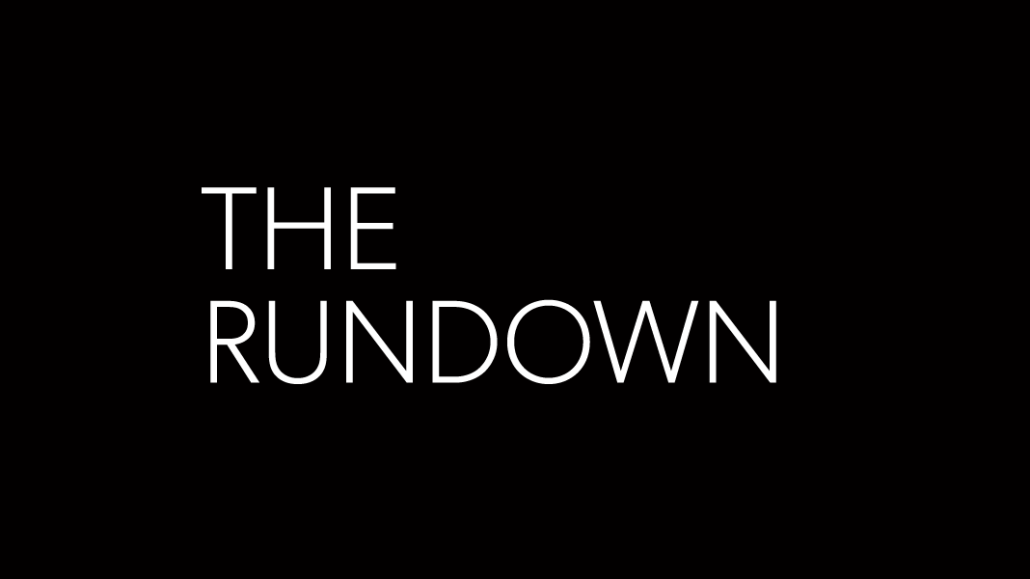Register by Jan 13 to save on passes and connect with marketers from Uber, Bose and more
The Rundown: With today’s video strategies, publishers are managing their risk

The “pivot to video” spelled disaster for some publishers who invested heavily in the medium hoping advertising dollars would follow, only to be disappointed when Facebook and other platforms failed to deliver the windfall they’d hoped.
But with their latest forays into long-form video and TV, digital publishers are taking a far less risky approach. Rather than staffing up internally, investing in resources and hoping revenues follow, the playbook now being run by publishers is a far more pragmatic one: Sell an idea to a partner and worry about getting it made later.
BuzzFeed News’ latest video push is indicative of this trend. Under Shani Hilton, the publisher is now producing “AM to DM,” a one-hour morning news show on Twitter, and a Netflix docu-series following its reporters called “Follow This.” That’s in addition to other projects for platforms such as Facebook. In order to deliver those shows the company says it’s built a sizeable video department of around 50 people.
But it’s notable that 90 percent of that video department is made up of contractors who — if the production fees and guaranteed revenues from partners were to dry up — can be cut relatively easily. The initiative could therefore have huge upside if it goes well and the shows gain traction, but they also expose Buzzfeed to relatively little potential downside beside simple opportunity cost. The branding benefit alone of having shows on platforms such as Neflix and Twitter is arguably worth the effort to make them.
It’s a similar situation for Axios, which announced this week it has landed a deal with HBO for a documentary series of news-oriented specials. Axios already has an in-house video team of eight people, but it won’t be staffing up or hiring contractors to create that show internally. Rather, it’ll work with directors and producers Matthew O’Neill and Perri Peltz to get it made, while Axios’ existing video team will continue to focus on short-form video, the company said.
It still remains to be seen if long-form video — or indeed video of any kind — can become the cash cow publishers may like it to be. But this approach smells less like a risky or desperate “pivot to video” and more like a no-brainer experiment in brand extension.
Who knows how long major social networks, platforms, tech companies and over-the-top services will continue to throw money into content at the rate they are currently. But until the music stops, publishers are lining themselves up for a piece of the action with little to worry about at their bottom lines.
More in Media

Why publishers are building their own creator networks
Publishers are forming creator networks to regain control, combat traffic declines, and reach audiences shifting toward influencers.

The accidental guardian: How Cloudflare’s Matthew Prince became publishing’s unexpected defender
Cloudflare’s day job is fending off botnets and nation-state cyberattacks, not debating how Google and other AI firms crawl publisher sites.

A timeline of the major deals between publishers and AI tech companies in 2025
Here’s a list of all the major deals signed between publishers and AI tech companies in 2025.





